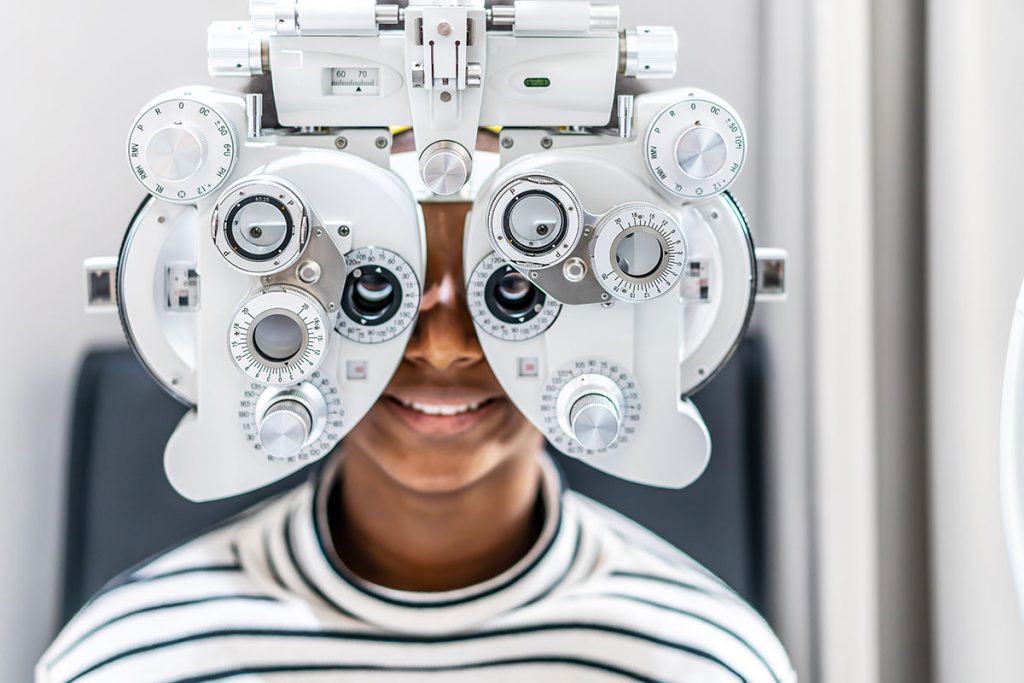Comprehensive Eye Examination: Importance, Process, and Benefits
A comprehensive eye examination is a thorough check-up of eye health and vision. Unlike basic vision screenings, this exam assesses eye function, detects vision problems, and identifies early signs of eye diseases.
Why is a Comprehensive Eye Exam Important?
✔ Early Detection of Eye Diseases – Conditions like glaucoma, cataracts, and macular degeneration can develop without symptoms. Early diagnosis helps prevent vision loss.
✔ Vision Correction – Identifies refractive errors such as nearsightedness, farsightedness, astigmatism, and presbyopia, ensuring the right prescription for glasses or contact lenses.
✔ Overall Health Assessment – Eye exams can reveal signs of diabetes, high blood pressure, and neurological conditions like multiple sclerosis.
How Often Should You Have an Eye Exam?
Children – First exam at 6 months, then at 3 years, and before starting school. After that, every 1-2 years.
🎓 Adults (18-39 years) – Every 2 years if no vision problems, or yearly if using glasses or contacts.
👴 Adults (40+ years) – Every 1-2 years to check for age-related conditions like presbyopia, glaucoma, and cataracts.
👁 High-Risk Individuals – Annual exams for those with diabetes, a family history of eye diseases, or previous eye injuries.
What Happens During a Comprehensive Eye Exam?
1️ Patient History – Discussion of vision concerns, medical history, and family eye health history.
2️ Visual Acuity Test – Measures how clearly you see using an eye chart.
3️ Refraction Test – Determines the best prescription for glasses or contact lenses.
4️ Eye Muscle Function Test – Checks eye movement and coordination.
5️ Pupil Response Test – Assesses how pupils react to light.
6️ Slit Lamp Exam – Uses a microscope to examine the cornea, lens, and retina for signs of diseases.
7 Eye Pressure Test (Tonometry) – Measures eye pressure to screen for glaucoma.
8️ Retinal Examination (Fundoscopy) – The doctor dilates the pupils to examine the retina and optic nerve for conditions like diabetic retinopathy or macular degeneration.
After the Exam: Next Steps
- If no issues are found, follow the recommended schedule for routine exams.
- If vision correction is needed, get a prescription for glasses or contact lenses.
- If eye diseases are detected, the doctor will suggest treatment options like medication, surgery, or further tests.
